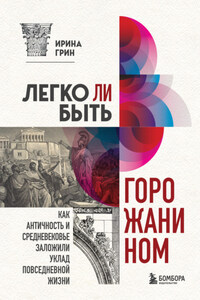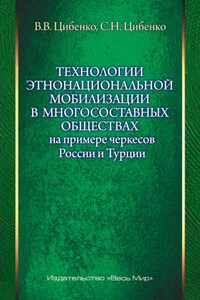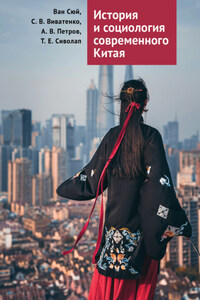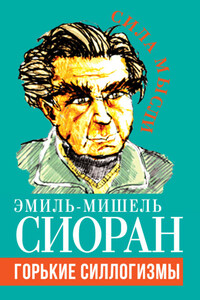What on Earth is Going On?: A Crash Course in Current Affairs
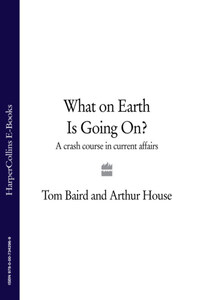
Trying to determine what is going on in the world by reading newspapers is like trying to tell the time by watching the second hand of a clock. Ben HechtEvery day we are bombarded with far more information than we can possibly hope to absorb. We don't have the time, energy or patience to process it all and understand the root causes behind issues and their development. There might be areas of politics, business and international affairs which we know well, perhaps because our working lives directly involve them, but there is always so much besides which seems impenetrable, forbidding and rather scary as a result. Newspapers require a familiarity with acronyms and jargon in order to be comprehensible, not to mention considerable background knowledge.What on Earth is Going On? fills in some of this background in a clear but unpatronising style, taking the form of an alphabetical glossary which can be dipped into at convenient times. It is designed to be a gentle and amusing survival guide for people of all ages who wish they knew slightly more about what on earth is going on. This is a book for the bedside table, the morning commute or the downstairs loo, where it can be consulted by the confused dinner party guest who has taken refuge from the conversation going on next door. We hope that they will rejoin the table having flushed away some of their ignorance and feeling all the better for it.






